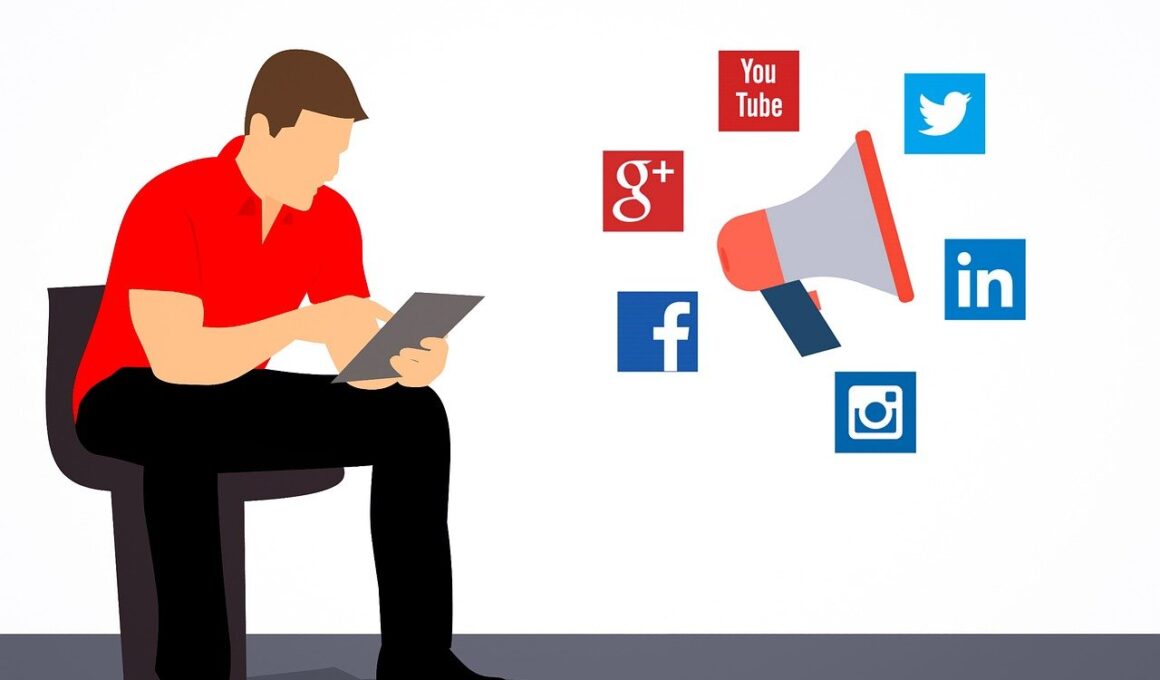Aspect Ratio Tips for Social Media Images: Boost Your Followers with Perfect Dimensions
When it comes to social media image optimization, selecting the right aspect ratio is critical for ensuring your content is visually appealing. By adhering to best practices for aspect ratios, you can enhance viewer engagement and promote sharing. Different platforms, such as Instagram, Facebook, and Twitter, have unique specifications, so make sure you familiarize yourself with these guidelines. A correctly cropped image will not only save space but also maintain the image’s quality. First, consider what type of content you’re posting: images, graphics, or videos. Each has a suggested ratio that should be followed for maximum impact. Experimenting with varied dimensions can also help identify what resonates best with your unique audience. Utilizing tools to create templates can simplify the process of maintaining consistent dimensions across all your posts. Remember that quality matters, so prioritize using high-resolution images that won’t appear pixelated or stretched. A well-crafted image that aligns with your brand’s identity is essential for making a lasting impression on potential followers.
Understanding Platform-Specific Ratios
Every social media platform comes with its own set of recommendations for image aspect ratios that are essential to follow. For instance, Instagram’s square posts commonly use a 1:1 ratio, while stories lean towards a 9:16 ratio. Facebook makes use of a 1200 x 630 pixels format commonly tailored to a 1.91:1 ratio. For optimal engagement, utilize these specifics to ensure your images display correctly across platforms. Twitter, on the other hand, promotes a 16:9 ratio for photos and videos. Following these image specifications can lead to more shares and likes, which helps with visibility. The goal is to capture attention immediately with captivating imagery and relevant content. You can use online tools like Canva to create images tailored to various platforms, ensuring you achieve the right dimensions effortlessly. Keep in mind that excess white space or improperly cropped photos can detract from the aesthetic of your brand. Overall, maintaining aspect ratios across posts helps in establishing a cohesive brand image.
Different types of posts require different aspect ratios, impacting how effective your images will be. For Pinterest, utilizing a portrait format with a 2:3 ratio will gain better engagement compared to landscape formats. For LinkedIn, professional visuals, especially for articles, are typically best displayed at 1.91:1. Research indicates that consistent aspect ratios contribute to a recognizable brand style, significantly enhancing user trust. Ensuring that your marketing campaigns use the correct dimensions prevents misalignment of images that can occur when resizing for each platform. As users scroll through their feeds, appealing images attract more attention, ultimately boosting the likelihood of interaction. Make sure to review best practices regularly, as social media platforms often update their guidelines. Moreover, consider A/B testing different formats to gauge audience reactions and refine your approach. Testing will ensure that you highlight the most engaging dimensions for your posts. Remember that a well-composed image communicates professionalism and values quality, thus compelling more users to follow your brand.
The Importance of Image Quality
While optimizing for aspect ratios, image quality cannot be overlooked. High-resolution images are essential for professional social media profiles. An image that is pixelated or blurry can significantly undermine your credibility. This is especially true in platforms like Instagram, which prioritize aesthetic appeal. Ideally, images should be crisp and clear, allowing your audience to see the finer details of your content. Images that maintain their quality across dimensions build trust and encourage users to engage more with your posts. You may also consider using formats like PNG for graphics or JPEG for photography as they provide better quality in different contexts. Additional attention to lighting and subjects will also elevate your images, making them more appealing. Invest in good photography equipment or consider hiring professionals if necessary. You should aim for consistency in the quality you produce as users become accustomed to your style over time. This consistency can be key in transforming casual viewers into loyal followers. Ultimately, high-quality images are vital not just for attention, but for reinforcing your brand.
Image compression tools can help maintain quality while adhering to aspect ratio standards. Compressing images before uploading can prevent slow loading times, a critical aspect of user experience. Users are often put off by slow visuals, leading to decreased engagement. Compressing your images without sacrificing detail is an essential skill. Paying attention to file sizes can create a smoother scrolling experience for users, avoiding the dreaded wait. Many social media platforms automatically compress images, so doing it beforehand can ensure you retain more of the original quality. Suggestions to reduce file size include choosing the right format and removing unnecessary metadata. Remember that excessive compression can also lead to a drop in perceived quality, so always balance size and performance. Explore various tools available online to optimize your images effectively. In conclusion, utilizing compression methods while adhering to specific aspect ratios leads to better overall presentation. Properly optimized images not only look professional but also help drive increased traffic and interaction with dedicated followers and potential customers.
Future Trends in Social Media Image Optimization
The future of social media image optimization is constantly evolving, influenced by changing trends and technology advancements. Emerging technologies such as artificial intelligence and augmented reality are shifting the paradigms of visual content. AI can assist marketers in understanding which aspect ratios perform best for specific audiences, enabling more efficient targeting. In AR, aspect ratios will play an important role in user engagement, allowing for immersive experiences. Moreover, the continued rise of short-form video content demands an evolution in how we approach image ratios for videos versus stills. To stay ahead in the digital landscape, it’s crucial to keep an eye on trends and adapt accordingly. Regularly reviewing metrics can provide insights into what is working and what needs adjustments. Embrace flexibility in your visual strategies as user preferences evolve. This adaptability can help maintain relevancy in a crowded marketplace. As diverse platforms continue to emerge, ensure that you are prepared to tailor your strategy and visual content to fit new demands, ultimately enhancing your brand reach and follower engagement.
In summary, understanding and applying the correct aspect ratios for each social media platform is fundamental to image optimization. Proper use of images can enhance your brand’s identity and overall online presence. By following the best practices outlined here, you’ll find that creating an engaging social media profile is easier. Remember to prioritize quality, tailor your visuals to specifications, and stay aware of future trends in the realm of social media marketing. Leverage the right tools to help create images that will captivate your audience and drive engagement, and don’t hesitate to experiment with different formats to see what resonates best. As you craft visually appealing images that adhere to the appropriate ratios, your efforts will reflect on the engagement metrics. Keep your audience’s expectations in mind as they engage with your content. Staying informed and adaptive will improve not just follower count, but also the quality of engagement you receive. The art of social media image optimization demands attention, but the rewards for effective engagement can be significant.
As social media continues to dominate communication today, it’s necessary to capitalize on every opportunity to engage your audience effectively. Emphasizing proper aspect ratios is one aspect that deserves your attention. When images meet expectations for various platforms, users are more likely to interact. With the right dimensions, highlight your content and establish your voice. Keeping your branding consistent across all channels will also help. This consistency fosters recognition and loyalty among your followers. Additionally, create a library of template designs in various sizes that can be easily adjusted. This library will support a more efficient workflow, allowing you to focus on content rather than just image formatting. Collaborate with graphic designers if possible to ensure that your visual strategy aligns perfectly with your overall marketing goals. As you continue to optimize images for social media, celebrate the little victories you achieve and analyze performance periodically. This comprehensive approach will result in growth and continued success both in followers and engagement rates. The journey of mastering social media image optimization is ongoing, but the value it adds is undeniable.


